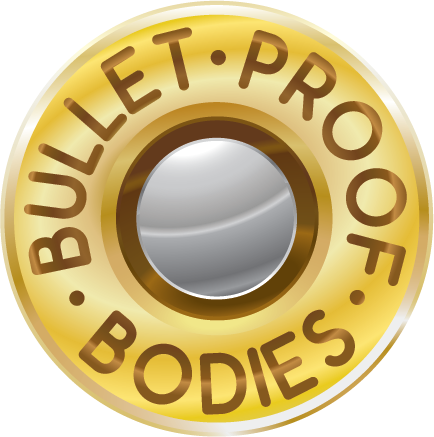Bulletproof Knees
If you are an extreme athlete, then you value this rotational hinge joint.
First of all.
A little bit of knee anatomy.
The knee is one of the largest and most complex joints in the body.
The knee joins the thigh bone (femur) to the shin bone (tibia).
The smaller bone that runs alongside the tibia (fibula) and the kneecap (patella) are the other bones that make the knee joint.
Tendons connect the knee bones to the leg muscles that move the knee joint. Ligaments join the knee bones and provide stability to the knee:
The anterior cruciate ligament prevents the femur from sliding backward on the tibia (or the tibia sliding forward on the femur).
The posterior cruciate ligament prevents the femur from sliding forward on the tibia (or the tibia from sliding backward on the femur).
The medial and lateral collateral ligaments prevent the femur from sliding side to side.
Two C-shaped pieces of cartilage called the medial and lateral menisci act as shock absorbers between the femur and tibia.
Numerous bursae, or fluid-filled sacs, help the knee move smoothly.
One athlete shares his experience with exercise rather than surgery.
Try this Power of Four Routine:
1. Foam Roll Laterally
2. Poloquin Step Ups
3. Single Leg Calf Raises
4. Knee Circles
Why are you still using a normal Foam Roller when you could be using Pulseroll.
Use the discount code:
DALE1
Video: https://www.youtube.com/user/strengthsidetrainer


